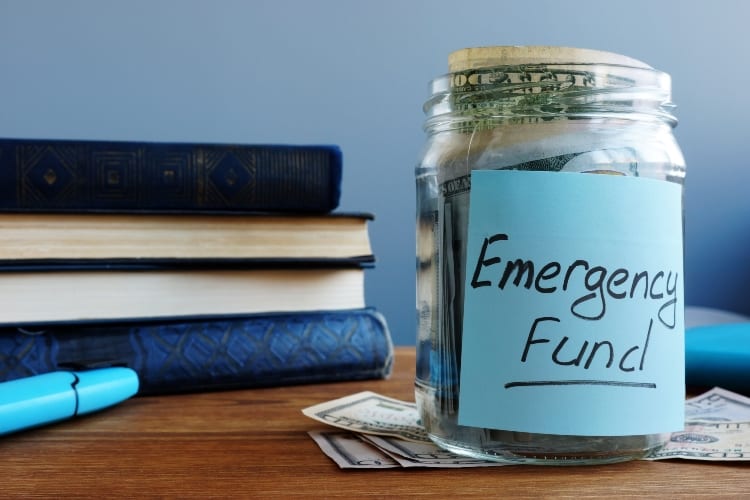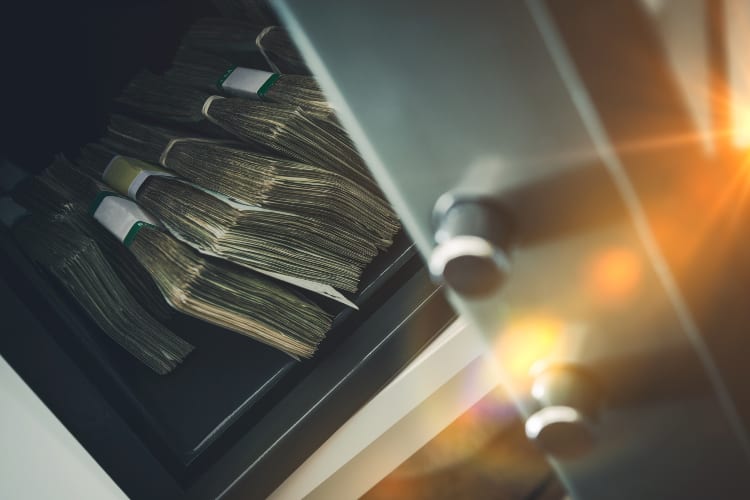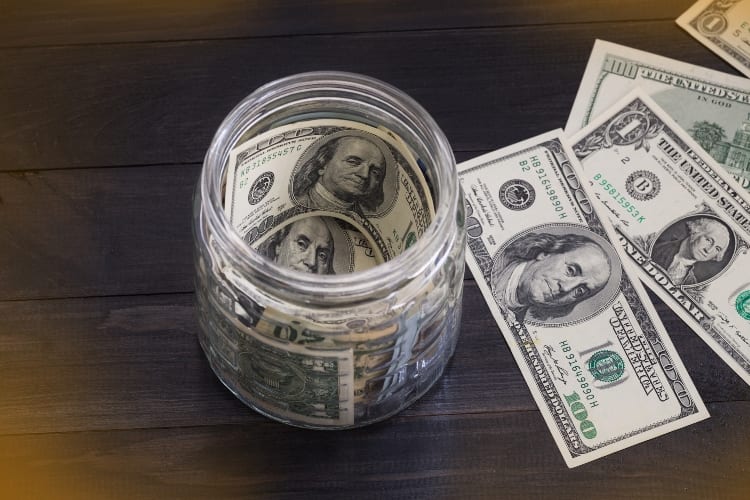
If coronavirus has taught Americans anything, its that they don’t have enough money in their emergency funds. Now, hundreds, if not thousands, of families and individuals are wondering how much they should have placed in an emergency fund. Well, it’s quite easy to find out!
What’s The Exact Amount?

First, start by counting up all your essential expenses for the month. Rent, bills, groceries, gas, and the like are all considered essential expenses. Next, you’ll need to be very honest about how you come by your income. If you have a stable income or two sources, you might only need to save up three months’ worth of essential expenses’ cost in their emergency fund. Meanwhile, those with a single source of income or frequent shifts in income should have at least six months of essentials covered.
“It pays to err on the side of more emergency savings rather than less, so a cushion of six months’ expenses is what most households should aim for,” said Greg McBride, CFA and chief financial analyst for Bankrate. “Sole breadwinners or the self-employed may need nine- or 12-months’ expenses to be comfortable. But this is a destination, and it will take time to get there, so the key is saving some of every paycheck to constantly be adding to your savings cushion.”
Where To Keep The Savings

Believe it or not, it’s not merely enough to know how much to store in your emergency fund. Despite what your grandparents did, you should not keep your stash in your mattress. “Your emergency fund needs to be in an account where you can get to it whenever it’s needed, where there is no risk of loss, and where you can earn a return that preserves at least some of your buying power,” McBride stated. “An online savings account checks each of those boxes and is the best place for your emergency fund.”
Not every account is safe for emergency savings, though. “IRAs, stocks, mutual funds and even certificates of deposit are less liquid and typically have withdrawal penalties and/or investment risk from market fluctuations,” said Celeste Collins, executive director of OnTrack Financial Education & Counseling in Asheville, North Carolina. “One should only use these types of accounts for emergency savings with careful planning and after allocating money into liquid accounts for urgent expenses.”
How To Spend Wisely

Finally, one should have a plan for what they will do in the event of an emergency. Most importantly: think about the best way to spend the money in your emergency fund. “When determining whether it’s time to tap into your emergency savings, it is important to evaluate your complete financial situation, the duration of the emergency, and the resources available,” Collins said.
“Other situations like job loss create emergency situations that aren’t short-term or one-time defined expenses, so more comprehensive planning is important to make emergency funds last as long as possible.” When something drastic like that happens – see if there are any ways to support the budget. Maybe’s there’s something you can sell or a little job you can pick up!
“We’re all living in unexpected circumstances right now that no one could have predicted,” said Craig Willeke, a senior educator with Florida-based nonprofit Money Management Educators. “An emergency fund acts like a cushion for things you just did not expect to come up.”
Sources: MSN, WellsFargo.
